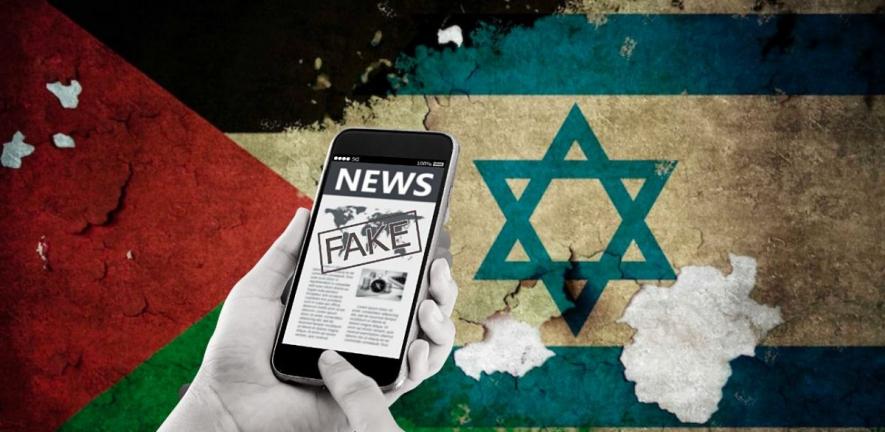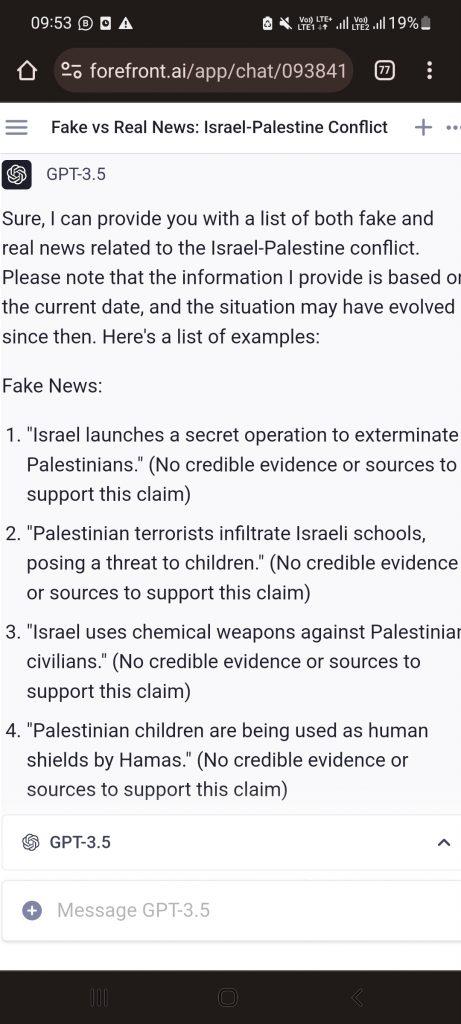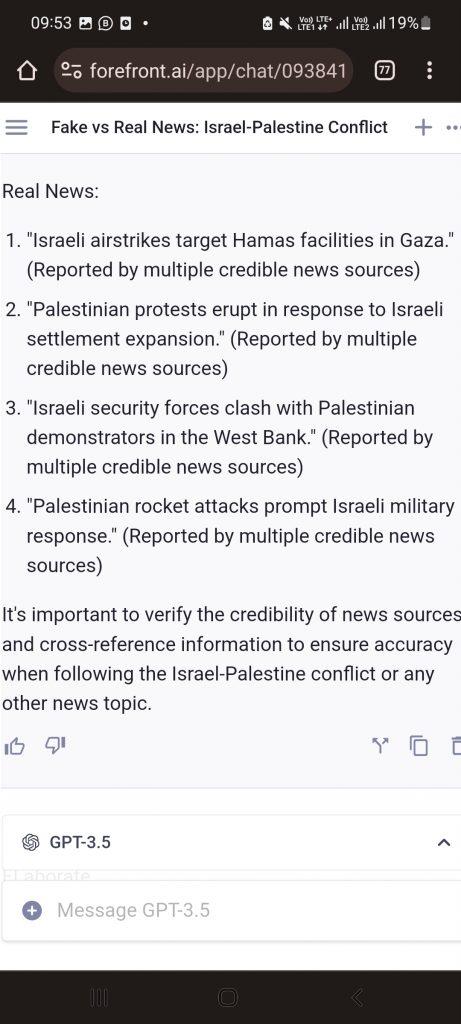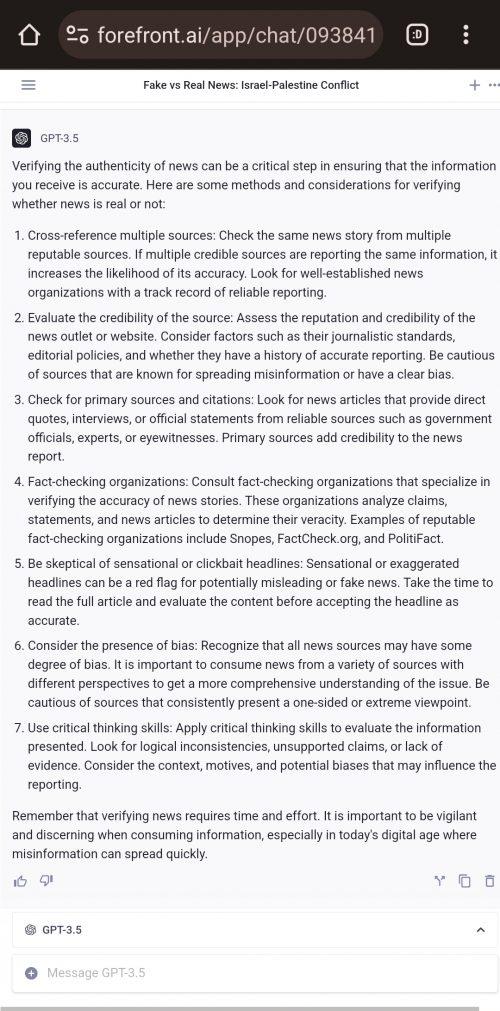Experts go over the two reports on Israel's alleged use of white phosphorus, and what the US military codes on the rounds mean
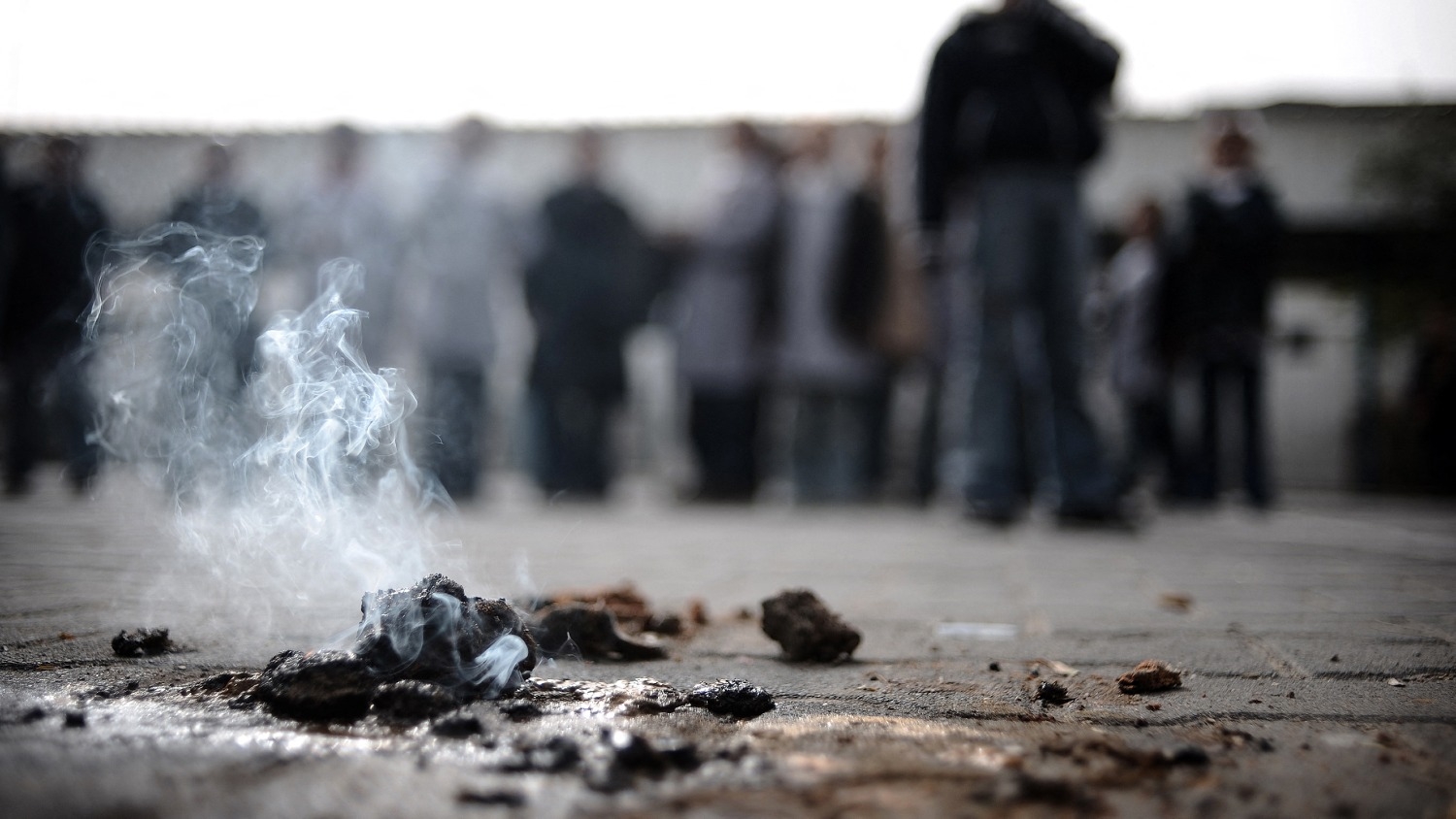
White phosphorus is a chemical substance that is used by militaries in artillery shells, bombs and rockets (AFP/File photo)
By Umar A Farooq in Washington
Published date: 20 October 2023
Within the past two weeks, after war broke out between Israel and Palestinian armed groups based in Gaza, Israel's military has been accused of a number of war crimes as it continues its relentless bombardment of Gaza's 2.3 million-strong population.
Israel has denied it has committed war crimes, and the US, which provides substantial diplomatic, political and military support to Israel, has stressed that Israel must follow the rules of war.
So far in the conflict, Israel has killed over 4,000 Palestinians including more than 1,500 children, while at least 1,400 Israelis were killed following the attacks by Palestinian armed groups.
Middle East Eye has previously provided an overview of the list of war crimes Israel has already been accused of in this war.
However, one accusation that has the potential to be forgotten about with the rapidly moving nature of the conflict, and after the devastating bombing of a hospital in Gaza City, is the allegation that Israel has used white phosphorus on the civilian population of Gaza.
Using white phosphorus in such conditions is a violation of international law, and two leading rights groups Human Rights Watch (HRW) and Amnesty International have released reports on the matter.
MEE takes a closer look at these reports, and whether there are any possible US links to Israel's alleged use of this incendiary substance in Gaza.
The reports
On 12 October, HRW released a report outlining that it has verified footage showing Israel used white phosphorus rounds in both the Gaza City port as well as rural parts of southern Lebanon.
In videos reviewed by the rights group, HRW identified the round of munitions used on the port in Gaza as 155mm phosphorus artillery shells. Israel has denied the report.
The next day, Amnesty International released its own report, in which it said it had "compelling evidence documenting the use of white phosphorus artillery shells by the Israeli army in densely populated civilian areas in Gaza". The report added that many of these uses could be considered unlawful indiscriminate acts.
It also documented that the Israeli military had deployed white phosphorus artillery shells to the Israeli town of Sderot, located close to the border with Gaza. In a photo analysed by Amnesty, it found that the shells contained the label D528, the US military's identification code for white phosphorus-based rounds.
Does this mean that the US supplied white phosphorus rounds to Israel's military, which were then used in a densely populated area, a violation of international law?
Follow Middle East Eye's live coverage for the latest on the Israel-Palestine war
Experts have told MEE that the evidence to link all of it together is not yet there.
"The fact that there's a US Dodic - Department of Defense Identification Code - was evidence of what's inside, not that the United States manufactured that particular round," Brian Castner, a weapons expert and investigator with Amnesty International, told MEE.
The US military, Nato and Israel's military are all very intertwined, so Israeli arms manufacturers sometimes use American nomenclatures and codes because it's easier than creating their own codes.
In order to truly find out if the rounds in question were made by the US, it would require seeing the National Stock Number (NSN), part of which includes a two-digit code denoting the country of origin. The US codes are 00 and 01.
Castner said that these NSN codes are used for everything in the military, from hubcaps to two-tonne trucks.
"I would need the national stock number which may or may not be actually stamped, pounded into the metal of the round itself. That code would tell us something."
However, it's not a mystery that Israel has white phosphorus rounds made by the US.
"The US provides so many arms and in these particular rounds, the M825 and M825A1, the US has almost certainly provided in the past," Castner said.
What is white phosphorus?
White phosphorus is a chemical substance used by militaries in artillery shells, bombs and rockets. The substance is ignited when it comes in contact with oxygen, and can then go on to burn intensely at temperatures north of 800C.
The substance was discovered more than 300 years ago by a German alchemist in Hamburg, and after using it in a number of cases, including for the ignition of matches, it began to be used for military purposes.
'White phosphorus is particularly horrific when used as a weapon'- John Chappell, Center for Civilians in Conflict
As a weapon, white phosphorus is easily ignited, difficult to put out, burns at high temperatures and can spread fire rapidly.
"White phosphorus is particularly horrific when used as a weapon. The human suffering that comes with it is especially upsetting," John Chappell, advocacy and legal fellow at the Center for Civilians in Conflict (Civic), said.
"And then of course, there's the fact that the Israeli military is using weapons in a very densely populated area, Gaza, and that medical treatment is so limited, that the medical infrastructure has been so damaged."
For armed conflicts, militaries use white phosphorus as smokescreens, as the clouds of white smoke they generate provide cover for tank battalions or in general obscure the view of enemy troops. The substance is able to interfere with infrared technology and also weapons tracking systems, such as ground-to-air missiles.
The use of white phosphorus is not banned under international law, but the use of it in heavily populated areas is outlawed. Protocol 3 of the UN's Convention on Certain Conventional Weapons "prohibits the use of weapons primarily designed to set fire to objects or cause burn injuries against civilians".
If the substance comes into contact with people, it can cause chemical and thermal burns, even down to the bone, and can also enter the bloodstream to cause organ failure. Even after being treated, wounds could possibly reignite after being exposed to oxygen again.
Moral culpability versus legal liability
When it comes to international law applying to warfare, the details of an act are incredibly important, especially when it comes to the use of a substance like white phosphorus.
While international law states that the weapon cannot be used in densely populated areas, Castner added that there needs to be a clear lack of distinction between the targeting of armed groups and civilians.
"Attacks that fail to discriminate between civilians on one hand, and valid military targets on the other - those are indiscriminate attacks. And that's a violation of the law of war. And if civilians were injured or killed, that could be a war crime," Castner said.
"It's why white phosphorus shouldn't be used. And it's why it's so dangerous to use the rounds in a densely populated area, because the potential to harm civilians and not being able to differentiate between civilians and military targets in a densely populated area is super easy."
In terms of any US complicity in this, legal liability is hard to pin down, because of uncertainty over when the shells were given to Israel, and whether any of those white phosphorus shells the US provided were used by Israel in Gaza.
"So while there's certainly moral culpability if the US transferred white phosphorus to Israel, liability under international law gets more complicated," Chappell said.
"And because the US may have transferred white phosphorus shells significantly before the start of the current offensive, and since it's unclear whether policymakers made a transfer with the knowledge that they would be used in this way, legal liability is less clear."
The only way to concretely find out if any US-made shells were used is to go into Gaza and locate shell remnants there with US military codes and the NSN code for the US. With the access restraints, this does not seem plausible at the moment.
The International Criminal Court has an active investigation into "the situation in the State of Palestine" for alleged war crimes committed since 2014, and the ICC prosecutor says its mandate extends to the current conflict.
However, it is still clear that whatever Israel is doing in Gaza, it has the backing of the US. President Joe Biden travelled to Israel on Wednesday, where he went to Israel's war room and was given an overview of Israel's military plans in Gaza.
"The broader story is that everything that the Israeli military is doing right now is backed by the United States," Chappell said.
Israel has safer alternatives
Experts noted that while it can be difficult to pin down violations of international law, either by Israel or the US, Israel shouldn't even be using white phosphorus to begin with.
Roughly a decade ago, Israel said it would stop using the substance.
"After criticism from Human Rights Watch, Amnesty International, and Israeli and Palestinian human rights groups during the 2008-2009 war in Gaza, the Israeli government said they would phase out the use of white phosphorus munitions in 2013, and they clearly did not do so," Chappell said.
Israel has plenty of other weapons that could be used as smokescreens, which do the same stated purpose of white phosphorus while being less harmful. One of these is hexachloroethane (HC), a compound used in many smoke grenades in militaries around the world.
"Israel has other rounds that are smoke rounds that do the same thing. They're M150 rounds and they use HC, rather than white phosphorus. They're less harmful to civilians in the area. They have other things, but they appear to not be using it," Castner said.






